Morocco lies in the central part of North Africa and claims to have a rich history. There are 9 Unesco World Heritage Sites in Morocco that depicts it’s history,architecture and even influence in the world. Some of the most visited attractions that show Morocco active history include the Medina of Fez and the Ksar of Ait-Ben-Haddou.
This is a feeling that arises when one gets a Morocco tour to these places that have been listed under the UNESCO certification. The symbols of earlier trading, Islamic rule, and Roman rule shall be evident on the temples. These places perfectly reveal the wonderful architecture of Morocco starting from the brilliant tiles and ending with powerful fortifications. They give the visitors an opportunity to witness those practices that have continued for generations.
So, whether it is the lively atmosphere of the markets of Marrakesh or the quiet charm of the Volubilis and Meknes, the Morocco UNESCO sites are impressive. Such installations as Volubilis introduce people to Morocco and its history. The above-mentioned places are strategic destinations for any person interested in a trip to Morocco.
1. Medina of Fez: Architectural Marvel of Islamic World
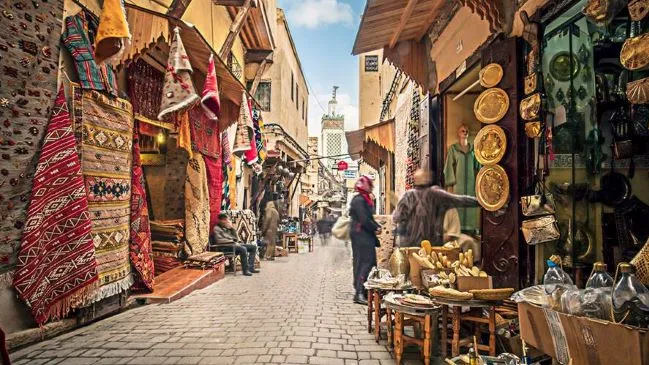
The Medina of Fez is a UNESCO World Heritage site since 1981. It’s one of Morocco’s most iconic and well-kept historic places. Founded in the 9th century, it became the top city of the Marinid Sultanate in the 13th and 14th centuries.
Fez is known for its huge and well-kept old town in the Muslim world. Its layout has stayed the same for centuries. The main sights in Fez, like mosques, madrasas, palaces, and fountains, go back to the medieval times.
Furthermore, these sights show the amazing architecture and culture of Morocco. Visitors can dive into the rich history and lively culture of Fez. This UNESCO site is known as an architectural wonder of the Islamic world.
To sum up, the Medina of Fez has beautiful tilework and fancy facades on its mosques. It also has busy souks and workshops where artisans work. This place is one of Morocco’s most famous spots and a key cultural site. It charms travelers who want to see the historic beauty of this UNESCO-protected place.
2. Marrakesh’s Historic Medina: A Vibrant Living Gem
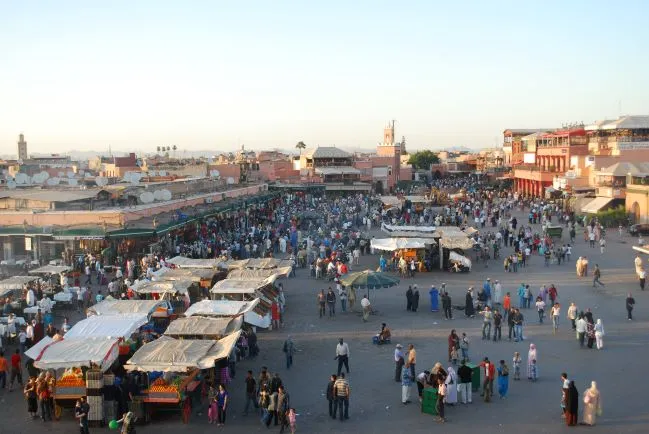
Thus, the Medina of Marrakesh is the piece of history that resides in the heart of Morocco. This place was listed as a Unesco World Heritage Sites in Morocco in the year 1985. This area gives the visitors a chance to learn more about Moroccan operations that have stood the test of time.
The Medina began in the 1070s as the Almoravid dynasty’s capital. Subsequently, it was the capital of Almohad Dynasty up to the early part of the thirteenth century. Now, it is a residence of such landmarks as the Koutoubia Mosque and the Jemaa el-Fnaa square.
The city also has El Badi Palace, Bahia Palace and the surprising ancient burial site of the Saadians –the Saadian Tombs. Many of these places prove this as they exhibit Morocco’s diverse culture.
The Medina has preserved the old buildings architecture, crafts and trades. Exploring its ways, which are rather narrow, is like getting into the Middle Ages. There is one touching and inexpressible feeling that springs from being enveloped by things and phenomena that are beyond dozens of years old.
3. Ksar of Ait-Ben Haddou: Fortified Village on Ancient Trade Route
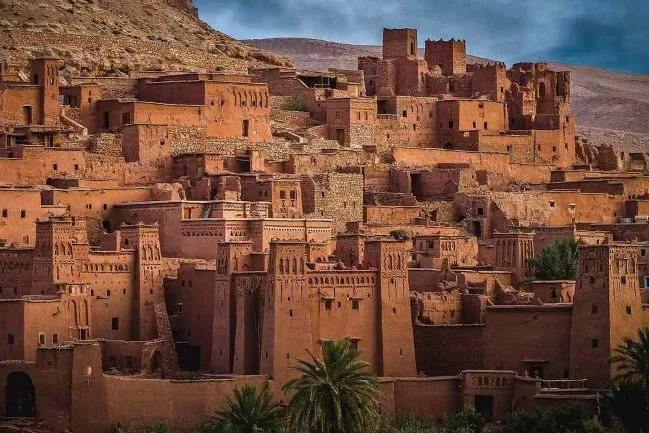
In southern Morocco, the Ksar of Ait-Ben-Haddou is a key part of the region’s history. It was added to the UNESCO World Heritage List in 1987. This fortified village shows us the beauty of ancient trade routes and architecture.
The Ksar is known for its traditional Moroccan architecture. Its buildings are made of earth and are close together. They are protected by walls and towers at the corners. Some of these buildings go back to the 17th century and have beautiful clay brick designs.
This village was important on an old trade route across the desert. It was a key stop for caravans moving through the desert.
The Ksar of Ait-Ben-Haddou is one of Morocco’s best-preserved historic sites. It lets visitors see what life was like in the past. The site is a UNESCO World Heritage site, showing its value in Moroccan culture.
Therefore, if you love history, architecture, or just exploring new places, you should visit the Ksar of Ait-Ben-Haddou. It’s a special spot in UNESCO Morocco that shows the beauty of the past.
4. Historic City of Meknes: Alawi Dynasty’s Architectural Legacy
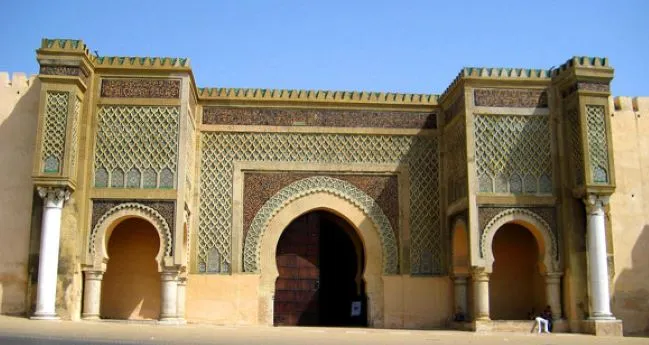
UNESCO starting from 1996 has included Historic City of Meknes in it’s list of World Heritage Sites. It can therefore be attested that the great work was really performed by Morocco’s Alawi dynasty as far as architectural designs were concerned. It was established in the first half of the eleventh century by the Almoravids mainly as a small fortress, where earlier an installation of a Berber tribal was established. Later it was established as the capital of this dynasty of the Alawis in the 17th century.
Next, this period was characterized by big building projects which Moulay Isma’il ibn Sharif with the assistance of the French commandant Geofrin Magon. These projects defined the changes of the appearance of the city. ’
Also, as for architecture Meknes has Arab and European flavored to it. This mix demonstrates that it possesses the cultural populace of citizens which is evident from the shown specimens of architectures. The moroccan casbahs, the big walls and ramparts, the Kasbah of Moulay Ismail thus evoke the Alawi period, the great Arabian history of Morocco. Hence, such Web sites enable individuals to view the scenes of architectural representation of Alawi dynasty.
Therefore, Meknes city is among the most sought after attractions’ destination in the countries. Thus, the visitors are given an opportunity to see the efficiency of the Alawi dynasty in construction and some aspects of the Morocco. Oftentimes diverse architecture and highly clean facilities make it one of the places that affect the pictorial notion of Moroccan culture.
5. Archaeological Site of Volubilis: Ruins of Ancient Roman Outpost
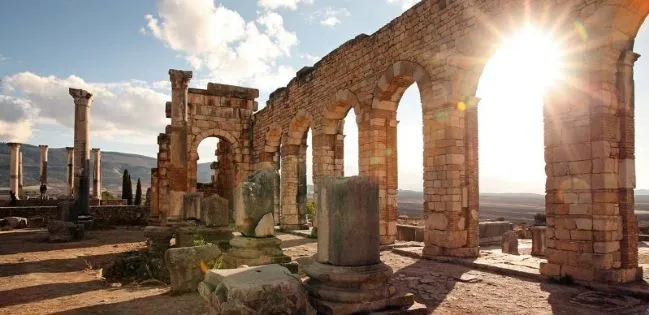
The Volubilis is one of the important archaeological area located in the country of Morocco which was enlisted in the UNESCO list in the year 1997. It was founded in the 3rd century BCE in the time of kins gh – the period of turbulence, and it became the capital of Mauretania. It was also the seat of the Idrisid dynasty in the 8th century AD for a short period until this dynasty was moved to the city of Fas. Despite the fact that this historical site remains in ruins for almost one thousand years, important characteristics can easily stand out. It shows how diverse cultures that were commonly grouped under the Mediterranean culture related.
Moreover, this place includes the higher orders of the preserved mosaics, architecture and artifacts that are unique in their creation. These items will let you have a glimpse on what existing historical sites in Morocco will look like.
6. El Jadida’s Portuguese City: Renaissance Military Engineering

Mazagan located in the Moroccan coast is now turned to be known as El Jadida. It is regarded as an important component of the nation’s cultural past. Included into the list since 2004, it unveils the methods of military construction and city planning of the 16th century.
Dating back to the beginning of the sixteenth century, Mazagan was an intermediate station on the India route. The Portuguese seized it and ruled it until 1769. His walls and his prow can be attended to to display enjoy the Renaissance military engineering. In the interior there is the Manueline Church of the Assumption and absolutely marvelous cistern that represent different cultures.
Lastly, antiquity of this Moroccan heritage site and other attractions have been well preserved. Due to being one of the UNESCO sites in Morocco it is among those well-known Morocco landmarks that attract many.
7. Medina of Essaouira
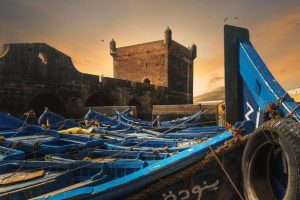
The Medina of Essaouira, listed as a World Heritage site since 2001, best demonstrates experimental cultural syncretism of Morocco. Also referred to as Mogador, their building structures are constructed with neat finish of white Colors that exhibit both Portuguese/Moroccan architectures with walls that circle the town. Located at the Atlantic shore, Essaouira was always a significant trading point, which borrowed features from Arab, Berber, and European noteworthy.
Today, the medina of Essaouira awakes tourist interest with its narrow alleys, artesian’s studios, ans boiling sea port. Rich in art and history Morocco’s coastal city avail the panoramic view from the Skala de la Ville ramparts; providing a picturesque view into Morocco’s maritime past.
8. Rabat, Modern Capital and Historic City: a Shared Heritage
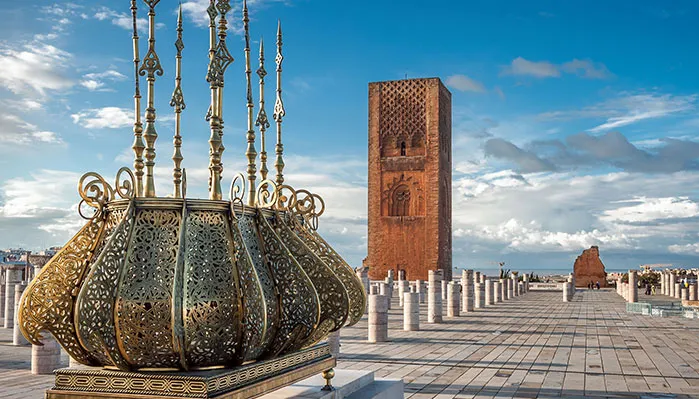
As listed under the Unesco World Heritage Sites in Morocco since 2012, Rabat has a perfect amalgamation of both, the old world charm and the new age power. This fact is a testimony of the great culture seen in ancient icons such as Hassan Tower & Chellah Necropolis & Kasbah of the Udayas.
Also, the cultural and architectural orientation of Rabat has its geographical position in the territory of the former Moroccan state, which is on the Atlantic coast, separating the Islamic kingdom from the ocean; here it is possible to observe architectural works and constructions that contain the elements of both Moorish and European architectural art of the Middle Ages, as well as the modern constructivist trend.
9. Medina of Tetouan

The historical center of Tetouan has been on the list of Unesco World Heritage Sites in Morocco since 1997 and opens the berth of the Andalusian Morocco. The medina of Tetouan is famous for its narrow streets, original housing applying the principles of Islamic architecture, and the specific organization of the city.
Furthermore, the old city of Tetouan or the medina still encompasses many craft industries and traditions remain an important part of the Moroccan identity That’s why Tetouan’s medina is so popular among the tourists and history enthusiasts because of the substantial historical value and stunning architecture.
Conclusion
UNESCO World Heritage Sites give evidence of Morocco’s wonderful cultural discovery. These lead us from the busy souks of Fes and Marrakesh right through to the old village of Ksar of Ait-Ben-Haddou.
Moreover, visiting these UNESCO-listed sites makes us realize that Morocco must indeed have a very big part in the Mediterranean Basin. It proves the presence of the country and allows to plunge in the great history and culture.
Lastly, the options for cultural sightseeing are Roman archeological site in Volubilis, Alawi dynasties architecture in Meknes or Portuguese city in El Jadida. This Morocco’s UNESCO sites give wonderful opportunity to visit the country with its rich and amazing history and present.
Additional Information
you can take thse Morocco Products home as souvenirs like moroccan lamps, moroccan lanterns, a Berber carpets, moroccan Arg oil product or Handmade leather product. Finally, you were left with the memories that would last a lifetime and we hope meeting you again in our other exclusive tours of Morocco.
In addition to this, you can try our Morocco itinerary 7 days, Morocco itinerary 8 days, Morocco itinerary 10 days, Morocco itinerary 11 days,Morocco Itinerary 12 days, Morocco itinerary 13 days,and Morocco itineray 14 Days.
However, you can also check these sites Morocco Luxury Tours and Luxury travel Agency.
